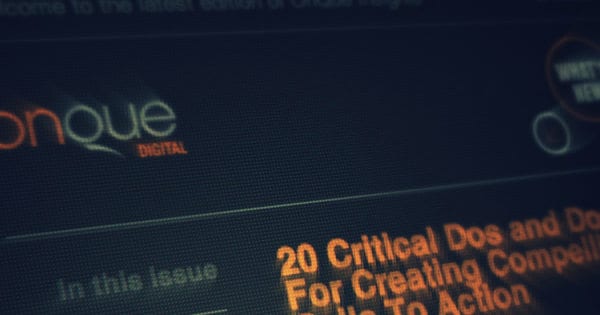Email is still the most effective way to communicate with a large number of people cheaply and quickly. It’s more important than any amount of fancy social media, and if your union is hasn’t gotten started with email campaigning, start here.
Many unions in Australia, and around the world, regularly communicate with their members with a regular e-newsletter.
And in doing so, they spend an enormous amount of time — to write the articles, choose the graphics, format the HTML, check and double check.
With some exceptions, the organising and membership returns for this effort isn’t great. Good response rates are just one or two percent.
However, there’s another reason to consider retiring your e-newsletter.
Currently, Google is introducing changes to how Gmail works:
On the desktop, the new inbox groups your mail into categories which appear as different tabs. You simply choose which categories you want and voilà! Your inbox is organized in a way that lets you see what’s new at a glance and decide which emails you want to read when.
You can easily customize the new inbox – select the tabs you want from all five to none, drag-and-drop to move messages between tabs, set certain senders to always appear in a particular tab and star messages so that they also appear in the Primary tab.
Gmail is important not just because it’s used by around 10 percent of email readers, but because many other major email readers follow where Gmail leads.
UK campaigning consultants Engaging Networks summarises the problem:
Let me explain myself. Gmail’s new interface will definitely give the newsletter a near-fatal heart attack. This is because it will separate out mass emails from other types automatically. All emails that Gmail thinks have been sent from an organisation rather than an individual will go into a different tab.
What’s the solution?
Blue State Digital, the online digital agency behind Obama 2008 and Obama 2012, has an answer:
But short, simple, action-oriented advocacy emails – like those used by Barack Obama’s presidential campaign and so many of our clients – are both easier to produce, and create a larger, stronger and healthier email program. They’ve worked not only for the Obama campaign, but dozens of successful strategy engagement clients at BSD, including the American Red Cross, Wal-Mart Watch,Sundance Film Festival, and the Servicemembers Legal Defense Network and many, many more.
I really agree with this. I’ve seen first hand that short emails with a strong call to action have a higher engagement rate than e-newsletters.
What do you think? Does your union send e-newsletters?


One response to “Is it time to retire your union’s e-newsletter?”
Jason Mann liked this on Facebook.